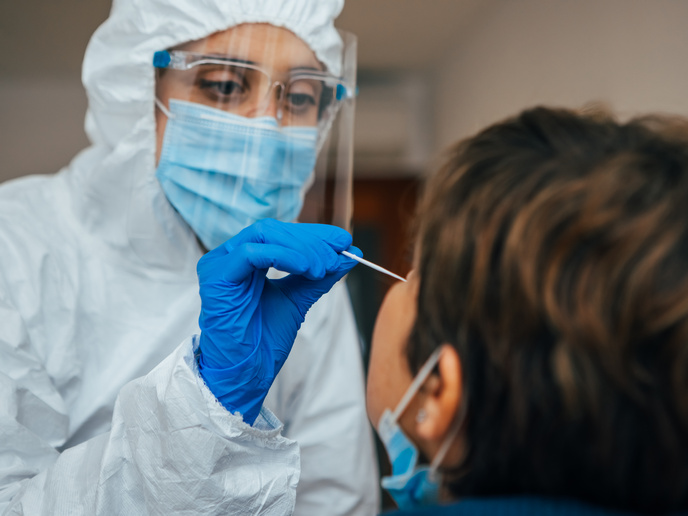Cell ‘switches’ could hold secrets to tackling viral pandemics
“If we can learn more about this naturally evolved process, we might be able to harness it to help provide protection against viruses,” explains Benjamin Hale, a professor from the Institute of Medical Virology at the University of Zurich, Switzerland, who received a grant from the European Research Council (ERC) for his SUMOFLU (Interplay between influenza viruses and host SUMO pathways) project. “For example, can we design new ways to stimulate this form of immunity, and thereby boost immune responses and molecular defences against infection? This would be a way to help our body’s own natural defences.”
The viral challenge
Seasonal influenza viruses can cause respiratory illness in humans, with symptoms including fever, dry cough, headache and muscle pain. The disease is typically mild and self-resolving but can sometimes be more severe and lead to death, particularly in high-risk groups. Annual seasonal influenza epidemics are associated with 3 to 5 million severe cases each year worldwide, according to the WHO. “There are very good vaccines against seasonal influenza viruses, but these need to be updated every few years because of small changes in the virus,” says Hale. “These changes accumulate over time and make the vaccines we have less effective. We are also worried about the occurrence of new pandemic strains for which we have no vaccine or pre-existing immunity, in a similar way to SARS-CoV-2 (the virus that causes COVID-19). Antivirals are therefore an important first line of defence. The challenge we have is this – how can one limit the chances that the virus will mutate to become resistant to the antiviral?”
Stimulating immune responses
The SUMOFLU project sought to address this challenge by designing new antivirals that do not target the virus directly, but rather target some part of the host cell that the virus infects. “By targeting the host cell, we think it will be more difficult for the virus to become resistant,” explains Hale. “The other advantage of new antivirals targeting the host cell rather than the virus is that they may have a better chance of being effective against other viruses (so-called ‘broad-spectrum’), including new emerging viruses such as SARS-CoV-2.” More specifically, the project focused on a host protein called ‘SUMO’, which acts as a critical regulatory switch to alter the functions of other proteins inside the cell. “We found that hundreds of cellular proteins are re-wired with SUMO during influenza virus infection,” Hale points out. “Many of these cellular proteins had not been implicated in virus biology before. We found some to be very important for the virus to replicate efficiently, and in the future, we will explore whether inhibitors of these cellular proteins could make good drug candidates.” One of the most interesting findings was a SUMO-switch in a host protein called TRIM28. This switch appears to help stimulate an immune response during infection, allowing the cell to build up defences to protect against virus replication. “This was completely unexpected and showed that some SUMO-switches were important for immunity against viruses,” adds Hale. Following this breakthrough discovery, Hale intends to better understand the precise molecular mechanisms necessary to trigger these particular SUMO-switches. This will give researchers a clue as to the types of chemical compounds, or potential drugs, that might be designed to do the same job. “We will also need to understand other consequences of flicking these SUMO-switches, and whether there are any side effects that we do not yet know about – we would not want to start thinking about manipulating these cellular systems if other unwanted effects occur,” he concludes.







